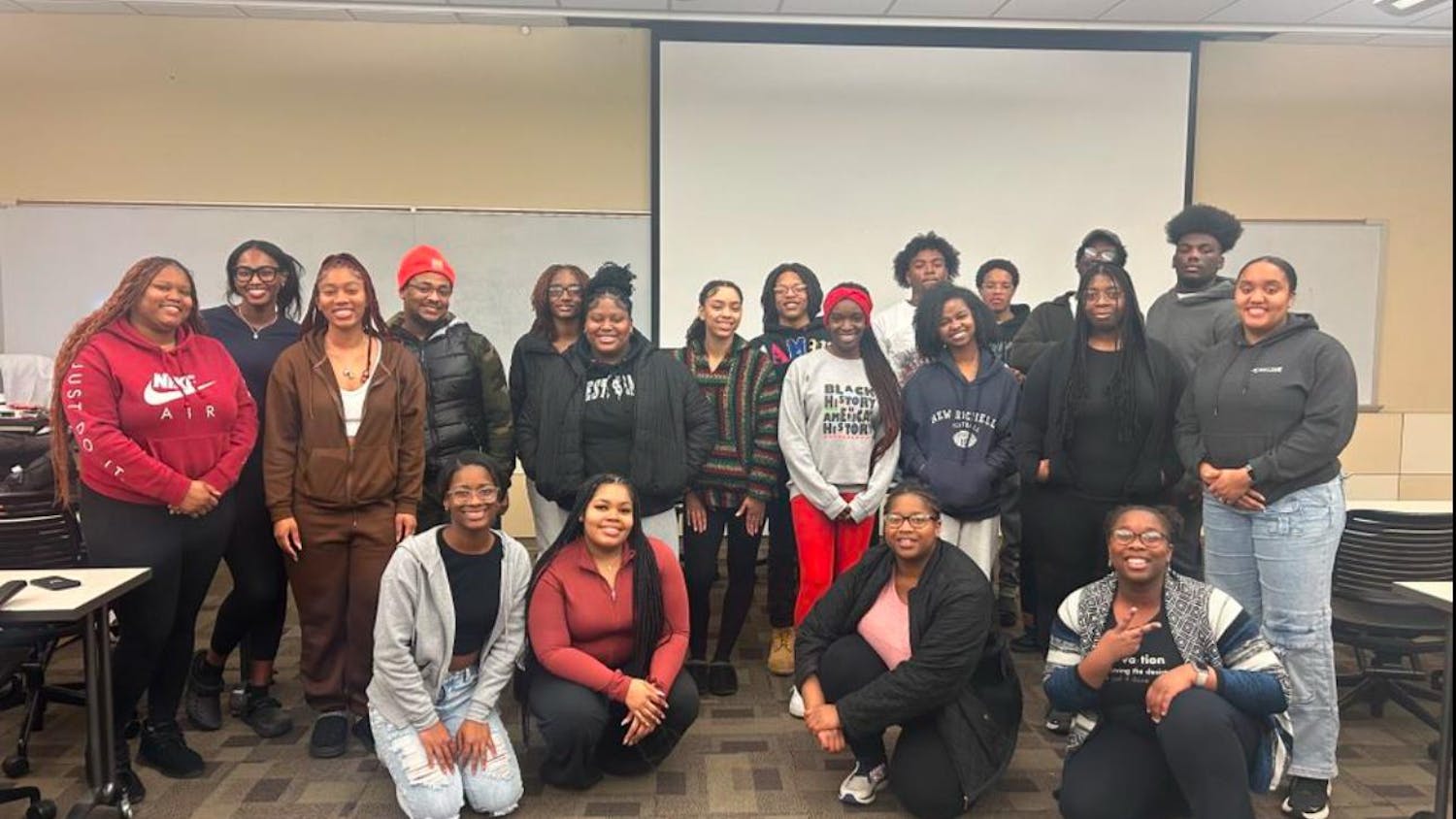A $188 increase in tuition and a review of House Bill 7 highlighted the topics covered during the 2013-14 fiscal year “Current Funds Budget” presentation on April 11 in the Apollo Room.
The hike in tuition, a 2.2 percent increase from the last fiscal year, would bring tuition prices up to $8,542 for in-state undergraduate students. “The $188 increase is the most the allowed by the state budget, but is lower than the 3.5 percent allowed in previous years” according to the Dayton Daily News’ website.
Wright State’s tuition continues to remain one of the lowest in the state. The budget presentation showed that WSU has the second lowest tuition in Ohio among four-year universities that do not receive “special supplement to maintain low tuition” despite battling a decrease in enrollment and state funding.
“There have been two specific impacts to our enrollments. The great recession brought a lot of new enrollments to our institution across a full complement of new high school [students], displaced employees, adult learners coming back to retool and re-skill, and then all of a sudden, now, as the economy starts to improve a little bit, we’re not only recognizing a slight reduction in those enrollments, but at the same time, we were converting from quarters to semesters,” WSU Vice President of Business and Fiscal Affairs Mark Polatajko said.
WSU President David Hopkins said, during his opening remarks, that making sure WSU students complete their education will prove vital for the university to receive government financial support.
“For Ohio to prosper, we need to get more people to the finish line,” Hopkins said during his opening remarks.
Polatajko repeated throughout his presentation that the “fiscal condition of the university is strong.” He said he wants WSU students to understand that WSU administrators are keeping the student’s best interests in mind.
“What students should take away, first of all, is the confidence and the leadership of this university and that we are always cognizant and mindful of making sure that our resources are aligned and dedicated to the right things,” Polatajko said.
Polatajko also remarked on phase two of Ohio House Bill 7, which is legislation requiring “a building or structure constructed using state capital budget moneys” to follow energy and building criteria while using “Ohio-produced products,” according to the Ohio state legislature website. The projected $35.8 million savings of “Phase Two” is expected to more than offset the initial cost of $25.5 million, Polatajko said.
House Bill 7 will decrease energy use at WSU by 35 to 40 percent and permanently eliminate over 30 pieces of equipment from the university, Polatajko said.












